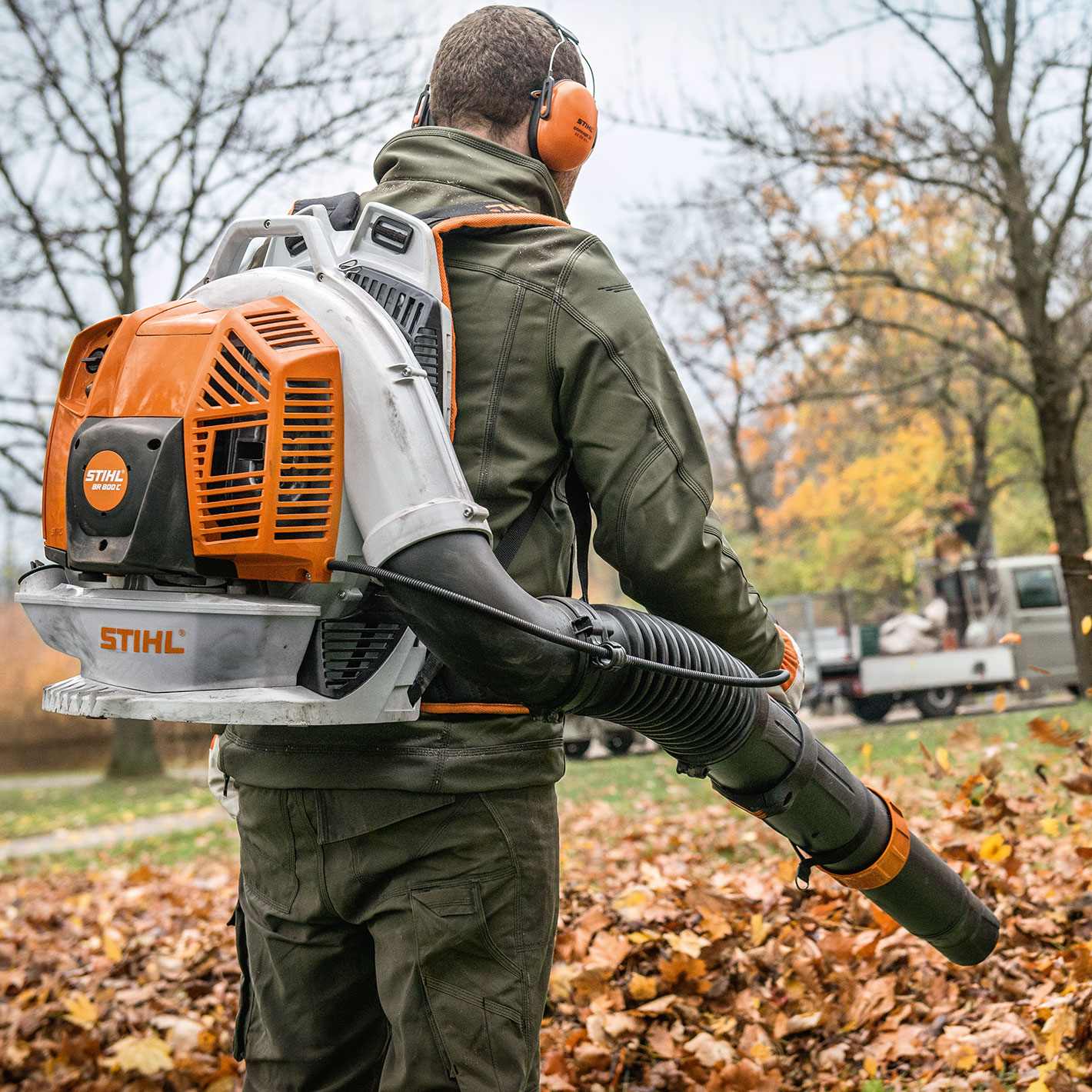Forced-air leaf blowers, operating on petrol or lead or lithium batteries, disperse toxic and infectious agents including coronaviruses. The French High Council for Public Health (Haut Conseil de la Santé Publique, HCSP), seized by the General Directorate for Health (Direction Générale de la Santé, DGS), recommended in its opinion of April 4, 2020 during the first of the Covid waves, “especially not to use engines like leaf blowers to blow dust from the ground”.
This HCSP recommendation has fallen into the gutter and other oblivion like used masks. Autumn 2021 is the right time to remind it to everyone.
The countless and highly erudite Covida specialists, the elected representatives, the government, the other stakeholders who recommend and implement these air cannons that are the leaf blowers, have missed the point, as has the press, which, with a few exceptions, has failed in its mission to decipher and sort out the useless from the essential.
For their part, the blowers’ initial mission is to flush out and group together the dead leaves and light waste – cigarette butts, blister packs, cotton swabs – that are lying around in car parks, at the feet of buildings, in greenstuff and on private or public roads. They fulfill their mission with cyclonic strength, at least 8 cubic metres of air per minute with ejection speeds of between 100 and 200 km/h.
Leaf blowers do not respect the barrier gestures, they do the opposite.
They bring out virus- and germ-laden pavement dust in the form of fine particles. The infectious flows pollute the aerosols and are inhalable by the general population, by vulnerable groups and by domestic animals.
As early as 2000, the State of California was concerned about the proliferation of leaf blowers and the remobilisation in the air of a kind of particulate breeding ground where lead, hydrocarbons, moulds, pesticides, fertilisers, faeces and other road and urban fatalities are mixed together. 21 years after this pioneering report, allergenic pollens should be added to the cocktail.
The noise of leaf blowers is oppressive and all the more unbearable because it is associated by most listeners with an activity considered useless or even harmful.
Their fuel consumption and exhaust gas emission also reach unexpectedly high performance levels. California, which is strong-minded, will ban the sale of combustion engine blowers from 2024. This is based on a report by the California Air Resources Board, which found that a medium-sized blower produces as much pollution in one hour as a 2017 Toyota Carmy, an intermediate category sedan, does in 1,770 kilometres.
Leaf litter and topsoil are home to thousands of species of invertebrates that are useful for fertilisation and food chains of birds and small mammals. Earthworms feed partly on dead leaves. When leaf blowers attack greenstuff, flowerbeds, squares, public and private gardens and tree edges, they sweep away and devastate useful and completely overlooked ecosystems.
We invite all those who are witnesses or victims of the use of leaf blowers to protest to town halls, property management companies and managers of residential blocks such as the Public Office for Development and Construction (Office Public d’Aménagement et de Construction, OPAC).
During the Covid period and beyond, these machines constitute a danger to the lives of others and to all those who use them.
 Imprimer cet article
Imprimer cet article










